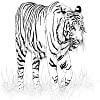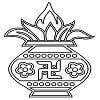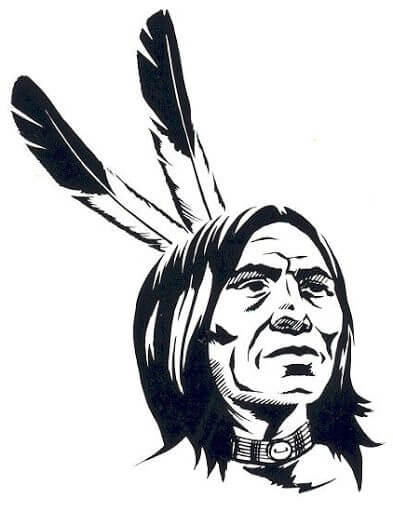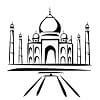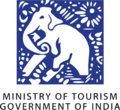- Home
- Holiday Ideas
-
-
- Choose Your Traveling Theme
-
- Adventure Tourism
-
- Cultural Tourism
-
- Tour Packages
-
-
- Packages by State
-
- Holidays by Interest
-
- Popular Tour Packages
-
- Fair And Festivals
-
- Ayurveda And Yoga
-
- Offers
-
- Destinations
-
Dussehra Festival
Dussehra Festival
The festival that signifies the triumph of excellent over evil, Dussehra, is one among the foremost noteworthy Indian festivals. It’s observed on the tenth day of Navaratri. This festival is widely known to commemorate the victory of Lord Rama over the demon Ravana. This holy festival is that the occasion to carry within the highest regards, the virtues of Lord Rama, who is believed to be an incarnation of Lord Vishnu (The ‘Presever’ god in Hindu Trinity). Dussehra strengthens the vows of devotees to follow the trail and deeds of Lord Rama.
Legend behind Dussehra Festival
The devout Hindu epic Ramayana unfurls the unbelievable story of Lord Rama winning his dearest spouse Sita, who was kidnapped by evil presence Ravana, the sovereign of Lanka.
As per Hindu folklore, Shoorpnakha, the sister of Ravana, fell insane with Rama and Lakshmana (Rama’s more youthful sibling), and wanted to wed anyone of them. After being refused by both, she threatened them to kill Sita. Lakshamana, in anger, cut her ears and nose. This causes Ravana abducting Sita so as to require revenge of her sister. To rescue Sita from Lanka, Rama and Lakshmana faced a conflict with Ravana in Lanka. Lord Hanuman and a huge army of monkeys helped the brothers.
There is also a reference related to the celebration of Dussehra festival within the great epic Mahabharata. With various one of kind weapons, Pandavas battled with a few abhorrence powers. These five siblings relinquished their weaponries and left into one-year exile. After coming back from exile, they found their weapons under the Shami Tree under which that they had buried them before going off for exile. Pandavas worshipped the tree before their battle during which they emerged victorious. This legend is additionally memorialized at the time of Dussehra Festival.
Celebrations of Dussehra in India
Dussehra is widely known during a distinct way with great fervor across the state . the various methods of celebrating this festival in several regions are:
Celebrating Dussehra in North India
Dussehra is generally celebrated by flaming the effigies of Ravana, Meghanatha and Kumbhakarna. With this burning, the play Ramleela, displaying the story of Ramayana, also involves an end. Generally, a fete is additionally organized for the people. Three individuals enacting Rama, Lakshamana and Sita sitting on a chariot, undergo the gang . The artist performing Rama’s role aims the arrow so as to burn all the three effigies separately.
Celebrating Dussehra in South India
Dussehra is widely known during a distinctive manner within the Southern a part of India. On this festive day, toys and dolls are decorated altogether the homes . This ritual had commenced from the abode of emperors in erstwhile era. today is popular as Gombe Habba in South India. In olden times, Dussehra was limited to the well-off people. However, it gained regard with time and reached to the folk also .
Celebrating Dussehra in Gujarat
The people of Gujarat call also Gujarati assemble a place for enjoying dance and music on each night during Navaratri. Several competitions are persisted the Dussehra festival and men and ladies perform a singular Gujarati dance ‘Garba’ on devotional songs. This dance continues till late night. In various places of Gujarat, this dance also call Garbha and music continues even till the break of dawn. Women placed on their best clothes and decorate earthen pots wonderfully.
Celebrating Dussehra in Mysore
In Mysore, several fairs and cultural performances are organized. The excellent procession of adorned elephants and watchmen sitting on a horseback, escort the icon of Goddess through the town .This parade is that the major highlight of the ten-day celebration of Dussehra in Mysore.
Celebrating Dussehra in Kullu
In Kullu, chariots are decorated with amazing hues. Goddess deities are taken around on these beautiful chariots and other people dance with joy and elation to rejoice the festive day of Dussehra.
WANT TO RENT A CAR IN INDIA ?
Choose Your Traveling Theme

 TOUR BOOKING
TOUR BOOKING


